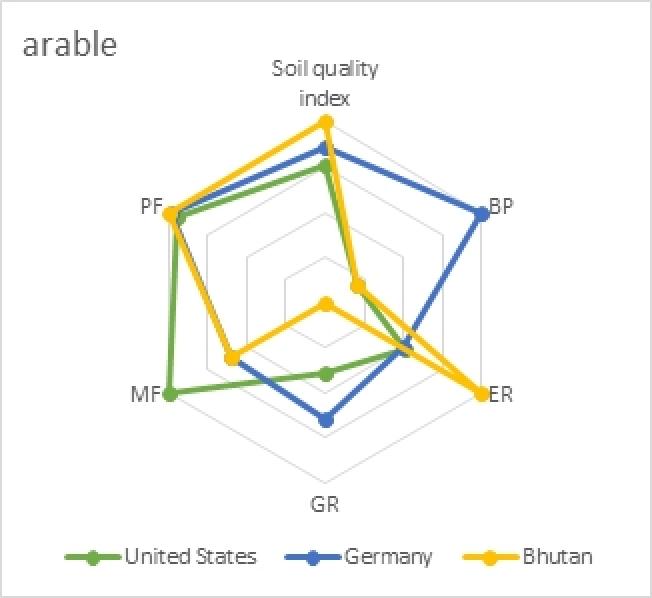Date of event: Friday, May 18, 2018 - 09:30 to 17:00
Where: Ispra, Italy
Aim:
This workshop brings together the JRC-D1, currently working on the formulation of a Soil Quality Index, to be used in the context Life Cycle Assessment (LCA), with scientists of the European Commission’s Competence Centre on Composite Indicators and Scoreboards (COIN) with a view to discuss together how to further improve the index and to ensure that it is developed using the highest standards in composite indicator methodology.
Description:
The aim of the Soil Quality Index is to simplify the current calculations of the impacts on soil quality caused by anthropogenic use of land. The starting point of this work is the LANCA tool, which assesses the impacts due to several types of land use at country level on five soil properties (e.g. the ability to resist to erosion or the ability to filter groundwater). The final aggregated index will be recommended within the Product Environmental Footprint (PEF) framework.
Societal impact:
Soil quality degradation is the evident result of the increased pressure on land resources associated with the intensification and expansion of human activities. Globally, natural landscapes are being transformed in order to provide food, fiber, water and shelter to an increasing world population. Such changes in land uses have the effect of undermining the capacity of the ecosystems to sustain food and fiber production, regulate climate and air quality and provide freshwater storage. The indicators provided by the LANCA tool have therefore the role of supporting the assessment of the impacts of human activities on soil quality loss. Such an assessment is necessary in order to manage the trade-off between meeting the current demand for goods and ensuring that the capacity of the biosphere to provide goods and services in the long term is maintained. However, to ensure and facilitate their applicability within the context of LCA, these five separate indicators should be merged into a single index encompassing all the aspects taken into consideration by the five indicators as much as possible.

| Originally Published | Last Updated | 17 Dec 2019 | 15 Mar 2021 |
| Knowledge service | Metadata | Composite Indicators |
